Some of the world’s most incredible destinations come with a catch that every traveler knows too well: the dreaded queue. These iconic spots draw millions of visitors each year, creating bottlenecks that can turn a dream vacation into an endurance test. From ancient wonders to modern marvels, the most sought-after attractions often require the patience of a saint and the planning skills of a military strategist.
The popularity of these destinations creates a perfect storm of crowded conditions and lengthy delays. Here is a list of 17 tourist attractions where the wait times can stretch your patience to its absolute limit.
The Vatican Museums, Vatican City

The Vatican Museums house one of the world’s most extensive art collections, but getting inside feels like joining a pilgrimage. Lines often stretch for over a mile during peak season, with wait times reaching 2–3 hours on busy days without advance tickets.
The Sistine Chapel alone draws 25,000 visitors daily, creating human traffic jams that would make rush hour commuters weep.
Anne Frank House, Amsterdam
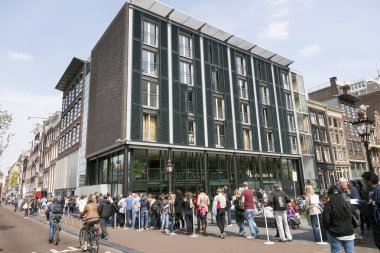
This small canal house tells an enormous story, but its intimate size creates massive bottlenecks for the 1.3 million annual visitors. The narrow staircases and preserved rooms can only accommodate a handful of people at a time, resulting in bookings that sell out months in advance.
Walk-up visitors often face disappointment or waits that can stretch the entire afternoon.
Like Travel Pug’s content? Follow us on MSN.
Eiffel Tower, Paris
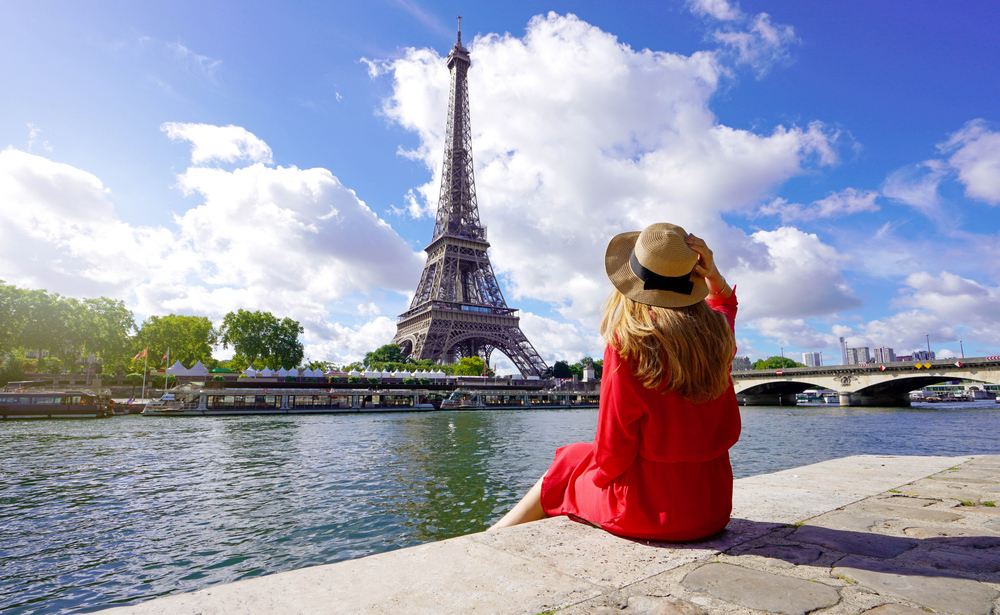
Paris’s Iron Lady attracts nearly 7 million visitors annually, turning the surrounding area into a human anthill. Security screenings, elevator capacity limits, and weather delays combine to create wait times that frequently exceed 3 hours during summer months.
The tower’s three levels result in multiple queues, each with its unique brand of frustration.
Statue of Liberty, New York

Lady Liberty stands proud in New York Harbor, but reaching her crown requires the determination of an Olympic athlete. Security protocols, ferry schedules, and limited daily access to the crown create a complex web of delays that can consume an entire day.
The pedestal and crown tickets often sell out weeks in advance, leaving many visitors stranded on Liberty Island with only distant views.
Machu Picchu, Peru
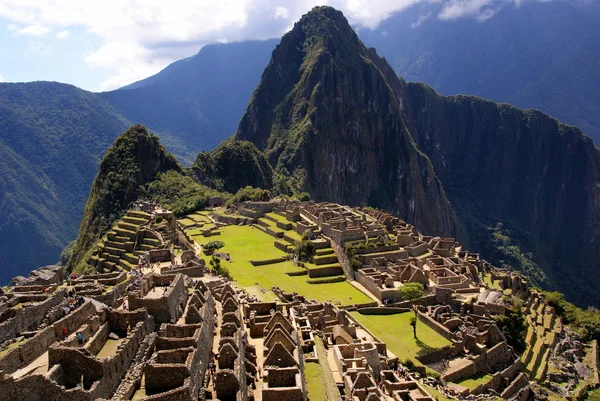
This ancient Incan citadel limits daily visitors to 4,500-5,600 people, depending on the season, creating a reservation system more competitive than that for concert tickets. The journey involves trains, buses, and hiking permits that must align perfectly; any delay creates a domino effect of missed connections.
Weather conditions and maintenance schedules add another layer of unpredictability to an already complex logistics puzzle.
Like Travel Pug’s content? Follow us on MSN.
Sagrada Familia, Barcelona
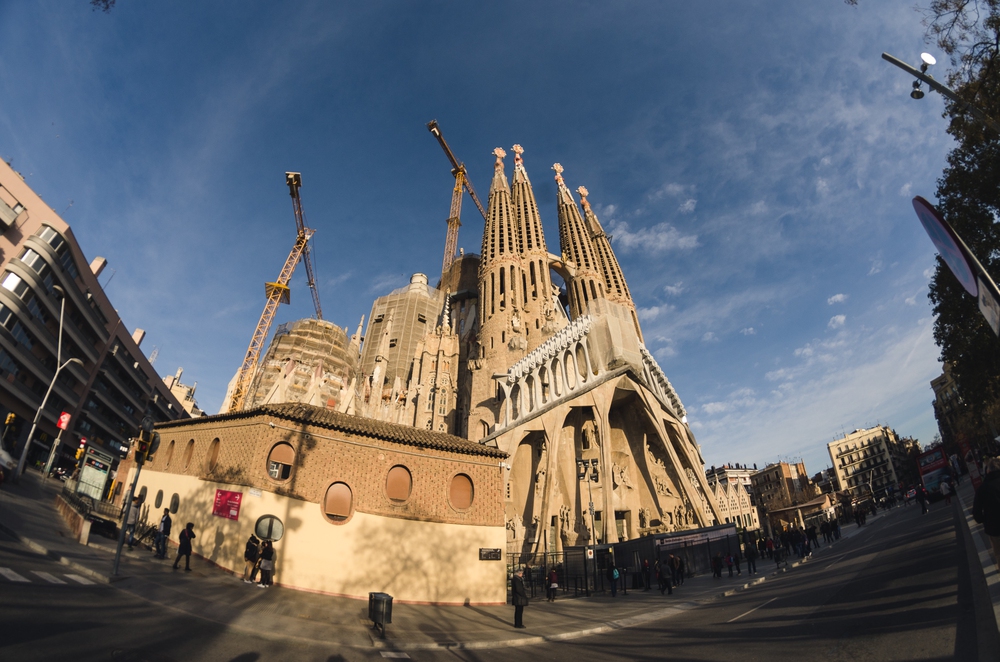
Gaudí’s architectural masterpiece has been under construction for over 140 years, and the wait to get inside reflects that timeline. The basilica’s intricate facade and towering spires draw 4.5 million visitors annually to a space designed for far fewer people.
Tower access requires separate tickets and timed entries, which are often booked up months in advance.
Colosseum, Rome

The ancient amphitheater that once hosted gladiator contests now hosts battles between tourists and the passage of time. Summer crowds can push wait times beyond 3 hours, with the underground chambers and upper tiers requiring additional queuing.
The combined ticket system with the Roman Forum creates multiple checkpoints that slow progress to a crawl.
Alcatraz Island, San Francisco

The former federal prison sits isolated in San Francisco Bay, accessible only by timed ferry departures that create a natural form of crowd control. Popular time slots sell out weeks in advance, and the audio tour through the prison cells moves at a glacial pace due to high visitor volume.
Missing your designated ferry time means waiting for the next available departure, which could be hours later.
Like Travel Pug’s content? Follow us on MSN.
Christ the Redeemer, Rio de Janeiro

Brazil’s iconic statue overlooks Rio from atop Corcovado Mountain, but reaching this heavenly view requires earthly patience. The cog railway and van services create transportation bottlenecks, while weather conditions frequently halt operations entirely.
Peak season combines with unpredictable cloud cover to create perfect storms of delay and disappointment.
Stonehenge, England

These ancient stone circles have stood for 5,000 years, and sometimes it feels like that’s how long the queue takes. The audio tour system moves visitors in slow-motion circles around the monument while the gift shop and visitor center create additional chokepoints.
Special access tours to the stone circle itself require booking and premium pricing.
Louvre Museum, Paris
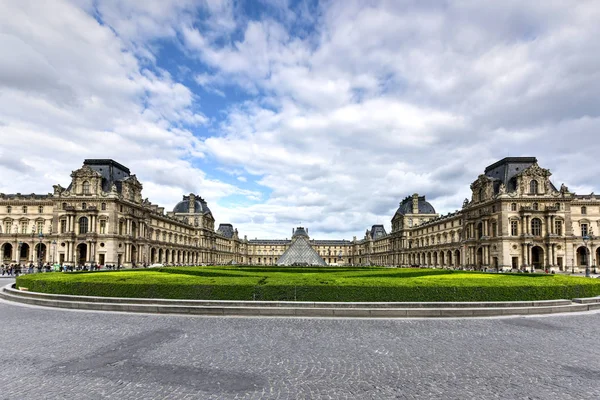
The world’s largest art museum houses 35,000 works across 650,000 square feet, but most visitors spend more time waiting than wandering. The Mona Lisa alone draws 80% of visitors to a single room, creating human traffic jams that would challenge urban planners.
Security checks at the glass pyramid entrance add another layer of delay to an already overwhelming experience.
Like Travel Pug’s content? Follow us on MSN.
Space Mountain, Disney World, Florida
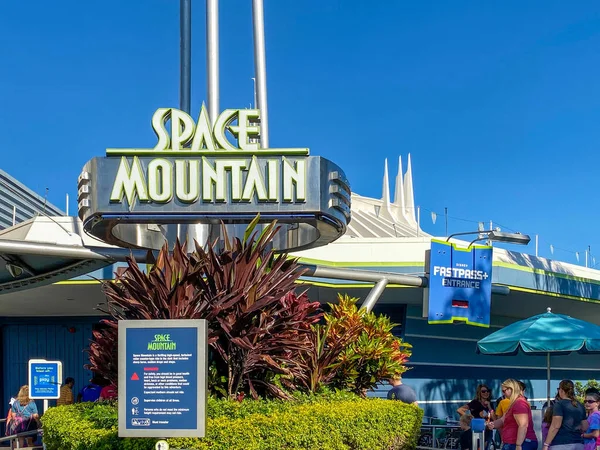
This indoor roller coaster remains one of Disney World’s most popular attractions, generating FastPass queues that seem to defy the laws of physics. The ride’s 2-minute duration contrasts sharply with wait times that regularly exceed 2 hours during busy periods.
The space-age theming makes the queue experience more tolerable but doesn’t make it any shorter.
Burj Khalifa, Dubai

The world’s tallest building offers stunning views from its observation decks, but reaching those heights requires patience measured in hours, not minutes. Elevator capacity limits and security protocols can create bottlenecks, stretching wait times beyond 3 hours during peak periods.
The At The Top experience books up quickly, leaving walk-up visitors with lengthy standby queues.
Antelope Canyon, Arizona
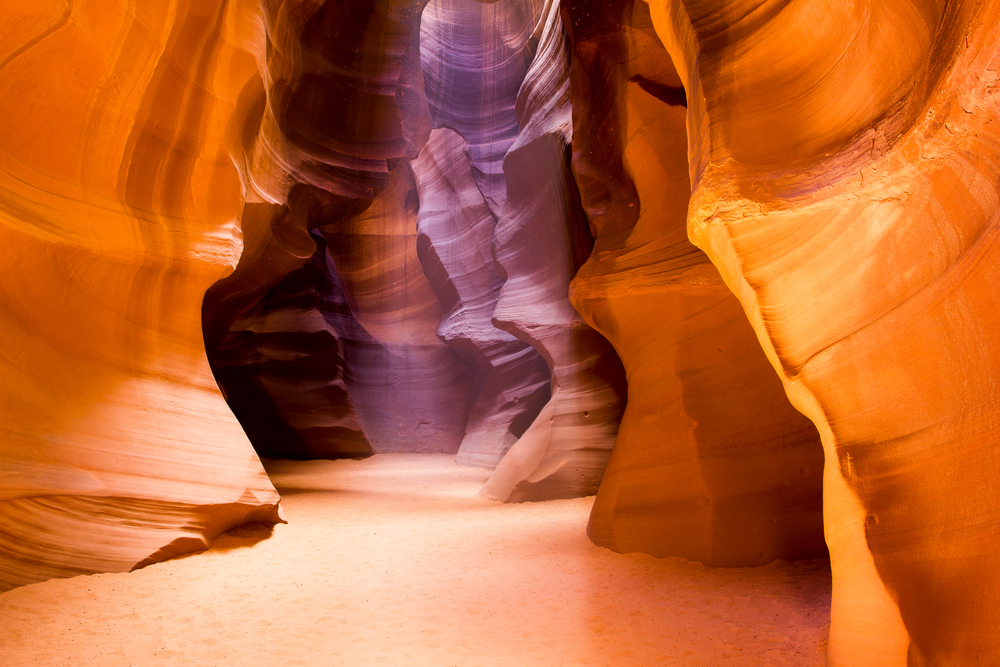
This slot canyon’s otherworldly beauty draws photographers from around the globe, but capturing that perfect shot requires joining a very long line. Guided tours are mandatory due to flash flood risks, resulting in a rigid scheduling that leaves little flexibility for delays.
The narrow canyon passages mean groups must move single-file, slowing progress to a photographer’s pace.
Like Travel Pug’s content? Follow us on MSN.
Neuschwanstein Castle, Germany

This fairy-tale castle inspired Disney’s Sleeping Beauty Castle, but visiting requires more patience than any fairy tale character ever showed. Timed entry tickets sell out months in advance, while the steep uphill walk and limited interior capacity create multiple points of delay.
The 35-minute tour moves through cramped rooms filled with tourists wielding cameras and guidebooks.
Times Square, New York
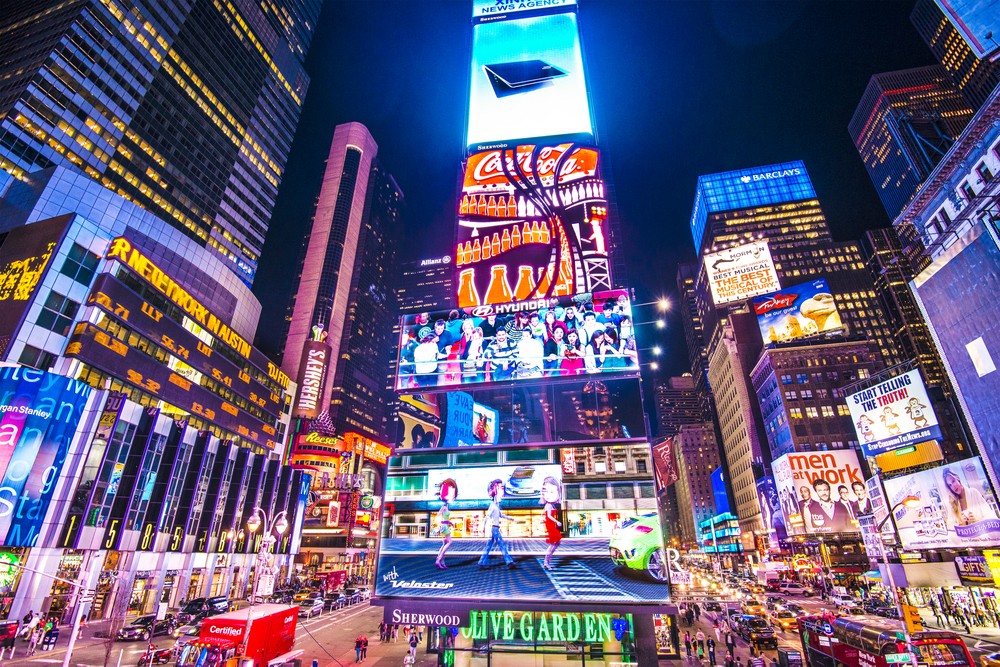
The crossroads of the world become a human gridlock during peak hours, with pedestrian traffic moving slower than the famous yellow cabs. Street performers, costumed characters, and outdoor dining create obstacles that turn simple navigation into an endurance test.
New Year’s Eve transforms the area into a patience-testing marathon that lasts for hours.
Great Wall of China, Beijing
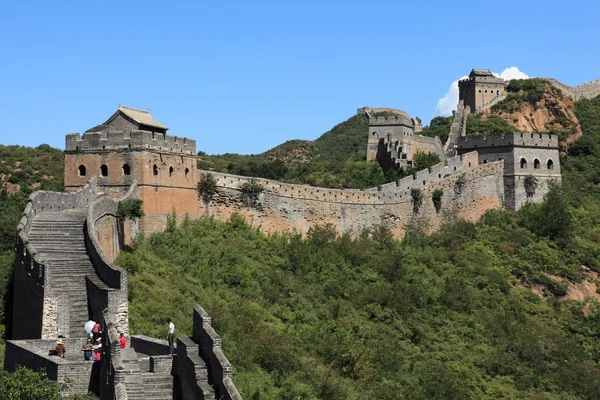
This ancient fortification spans over 13,000 miles, but popular sections like Badaling can feel as crowded as a subway platform. Tour groups and independent visitors converge on the same steep staircases, creating human traffic jams on narrow walkways.
The combination of altitude, crowds, and uneven surfaces makes progress slow and sometimes treacherous.
Like Travel Pug’s content? Follow us on MSN.
When Patience Meets Payoff
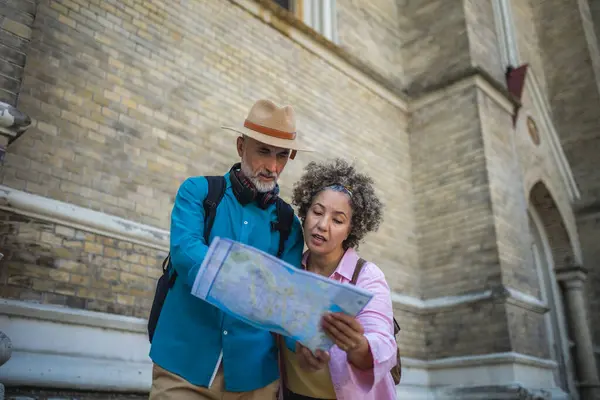
These legendary destinations earned their impossible wait times through centuries of human achievement and natural wonder. The crowds that test our patience today reflect the same curiosity and wanderlust that drove explorers, artists, and dreamers to create these marvels in the first place.
While technology offers some solutions through booking and timed entries, the fundamental challenge remains unchanged. The most extraordinary places on Earth will always draw extraordinary crowds, making patience not just a virtue but a necessary travel skill.
More from Travel Pug

- 20 Best Beach Towns in the Carolinas
- 13 Destinations Where Tourists Regularly Regret Their Trip
- 20 Things You Actually Get in First Class
- 20 Small Airports With Aviation Museums
- 20 Places in the U.S. That Are Perfect for a Reset Trip
Like Travel Pug’s content? Follow us on MSN.
